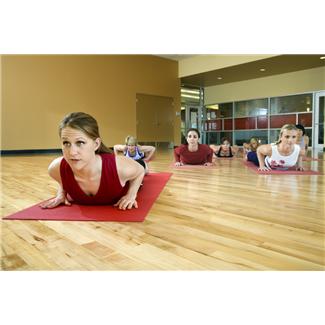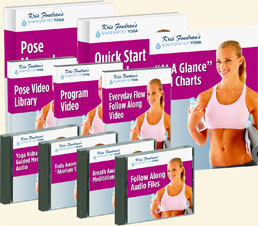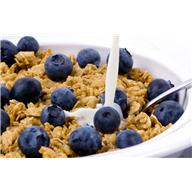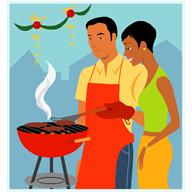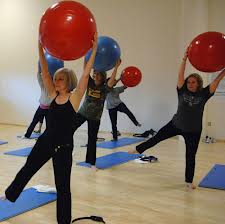 Are you over 40 and doing everything you can to stay in shape? The following exercises are the best toning exercises for your butt, hips and legs.
Are you over 40 and doing everything you can to stay in shape? The following exercises are the best toning exercises for your butt, hips and legs.
Butt Lifts That Really Work
Lie on the floor and prop your right foot on the seat of a chair. Reach your hands so you can hold onto the legs of the chair (to stabilize yourself and the chair) as you squeeze and lift your buttocks, raising your extended lift leg to the ceiling. Alternately relax your buttocks and squeeze and lift your buttocks, lifting and lowering your left leg until you hit muscle failure in your buttocks. Switch legs and repeat until you hit muscle failure for that side.
Rest, stretch and repeat for three sets of repetitions, being sure to hit muscle failure each time.
Outer Thigh and Hip Lifts That Get Results
Get on your hands and knees. Bend and lift your right leg, as if you are a dog using a fire hydrant. Lift until your leg is level with your hip and then return to your starting position. Repeat until you feel a fierce burning in your outer thigh/hip area. Then switch legs and perform the same exercise on the left side.
Rest, stretch and repeat for three sets of repetitions, being sure to work until you feel the burn each time.
Inner Thigh Toning ExerciseLie on your back. Spread your arms out on either side of your body to stabilize yourself. Now bend your legs at the knees and lift them both up until your feet are above your buttocks and your knees are bent. Touch your feet to one another and widen your knees, like a butterfly’s wings opening. Close the gap again, bring your knees back towards each other. You will feel your inner thighs working as you open and close the butterfly’s wings. Perform this exercise until you feel your inner thigh muscles hitting muscle failure.
Rest, stretch and repeat for three sets of repetitions, being sure to work until you feel the burn each time.
Quadriceps and Buttocks Toning Kicks
Stand with your feet shoulder width apart. Lift your right leg, bending it at the knee, until your upper leg is perpendicular with your body. Extend your lower leg in a front kick, returning to a bent position. Then lean forward and extend that same leg behind you, keeping the knee bent at a 90 degree-angle until your leg is behind you. Extend your leg into a kick and then return to a standing position. Repeat 15 times. Switch legs, perform this exercise to work your left leg for 15 reps.
Rest, stretch and repeat for three sets of 15 repetitions per set.
Wide and Narrow Squats
Stand in a comfortable position, with your feet a natural length apart. Lower yourself into a sitting position, as if there were a chair behind you. Squeeze your buttocks as you return to a standing position. Now move your legs an additional foot apart and repeat the squatting motion. Then bring your feet back to a normal standing position, angle your toes so they point outward, and lower yourself into a squat with your knees angled out towards the sides, forming a triangle.
Repeat these three squat and stand positions for thirty repetitions. Rest, stretch and repeat a second set.
Precautions Everyone in the 40 and Over Fitness Crowd Should Take
As we get older, our bodies become more injury prone. As you practice these exercises, make sure you:
• Protect your back by maintaining good postures as you perform the exercises. If any exercise makes you arch or bend your back in way that feels uncomfortable, stop the exercise or modify it to protect your back.
• Listen to your knees! If they start to pop or crackle, be careful to move gently and smoothly. For example, don’t lock or snap your knees when kicking.
• Don’t overdo it. Sometimes we think that by pushing ourselves to the limit we’re going to achieve greatness when really we’ll end up injured and unable to exercise at all. Try these exercises a few times before you push it too hard. See how sore you are and if any of the exercises irritate a joint or muscle group. Modify or adjust to suit your body’s needs.
If you’re careful and take the slow-but-steady approach, you’ll get fit without injuring yourself. Once you’re over 40, you’ve got to take a more cautious approach to fitness. Your body will thank you for it!



